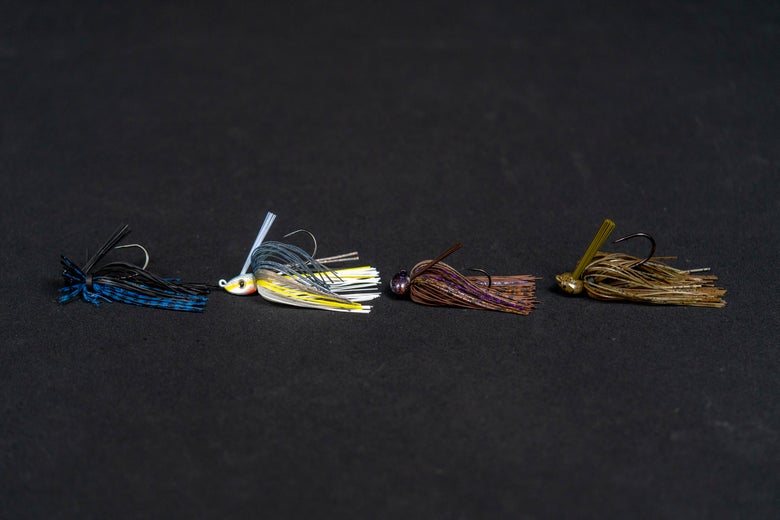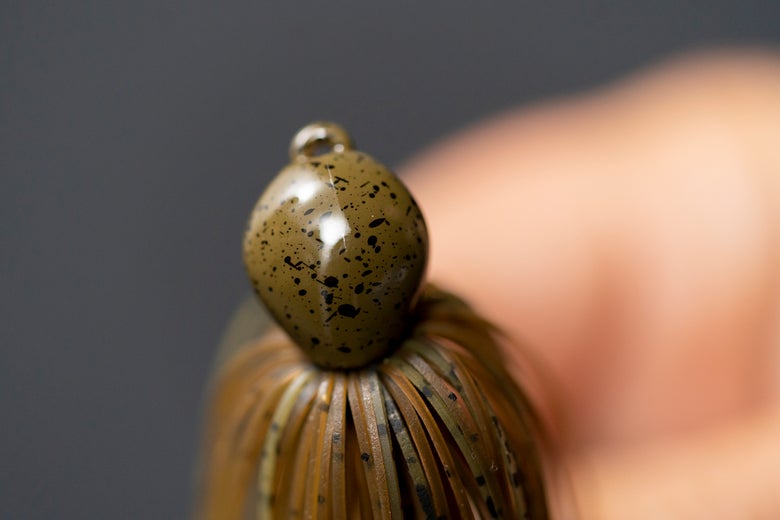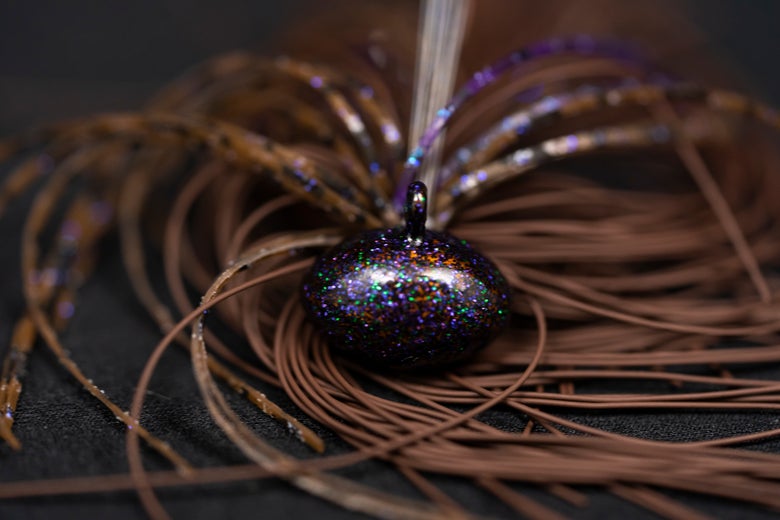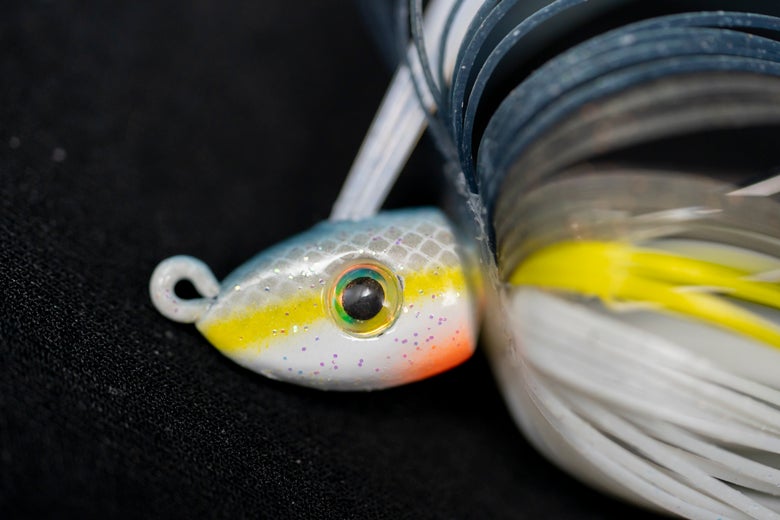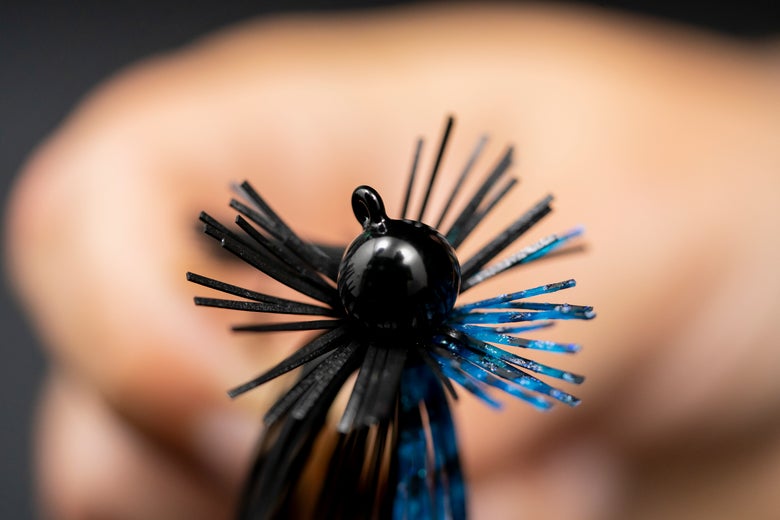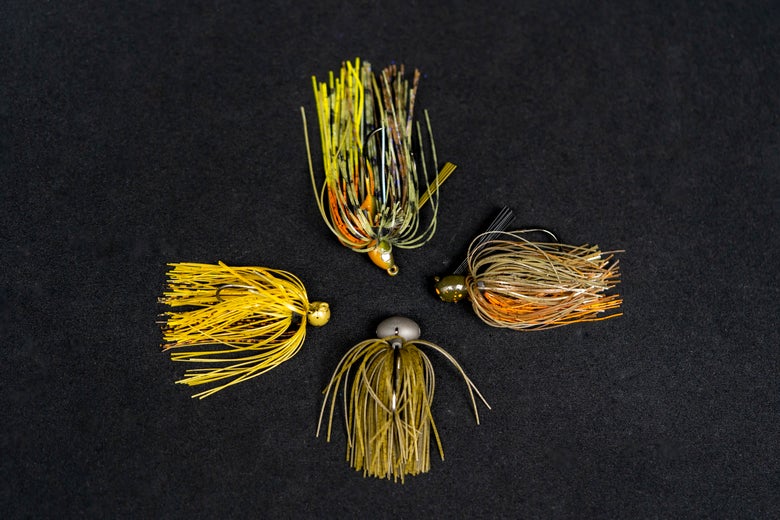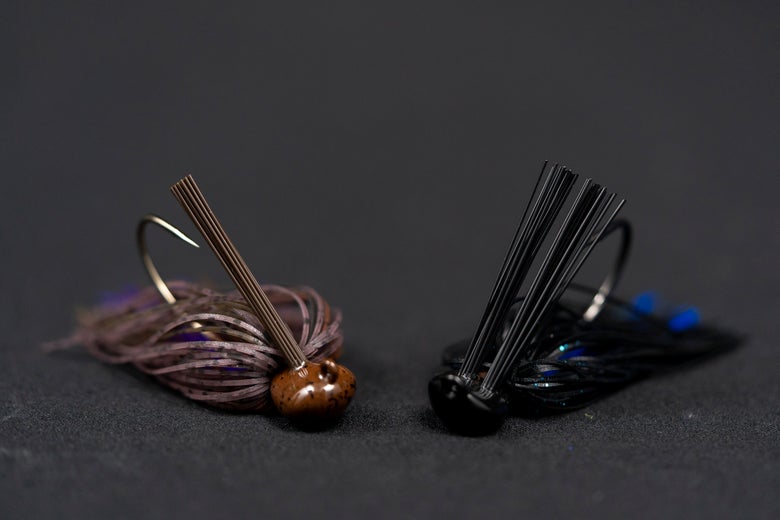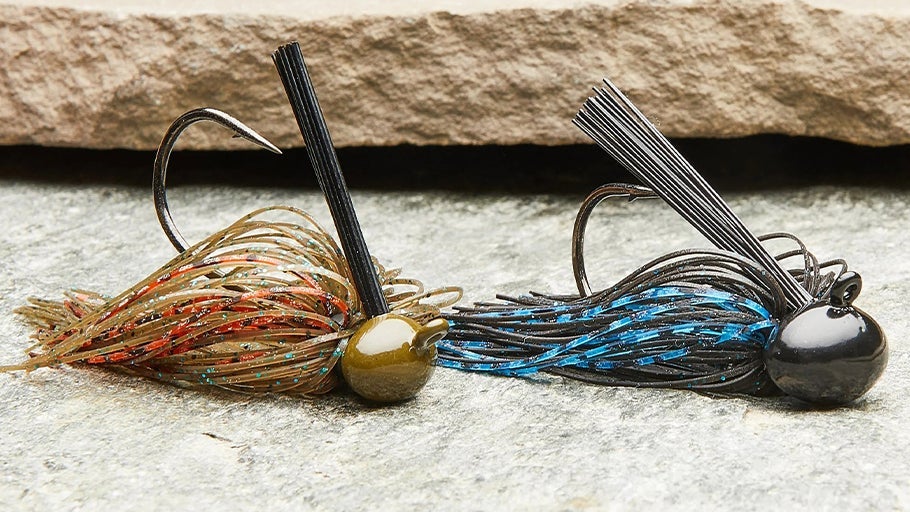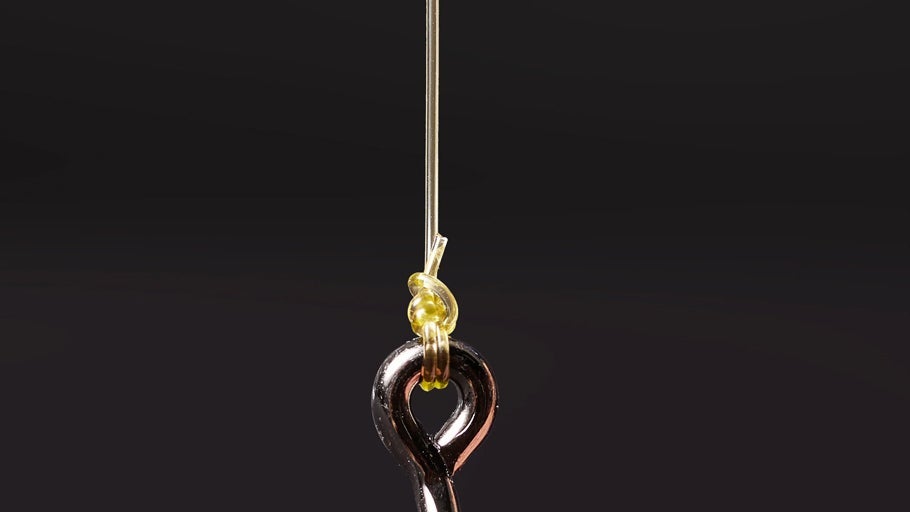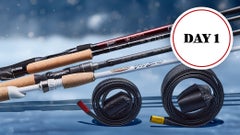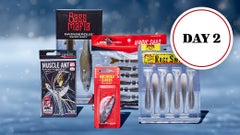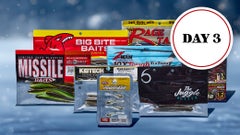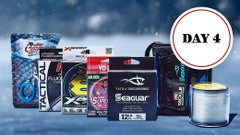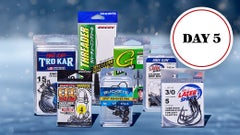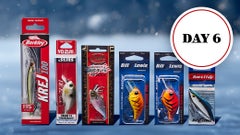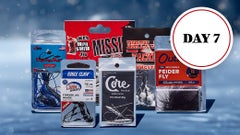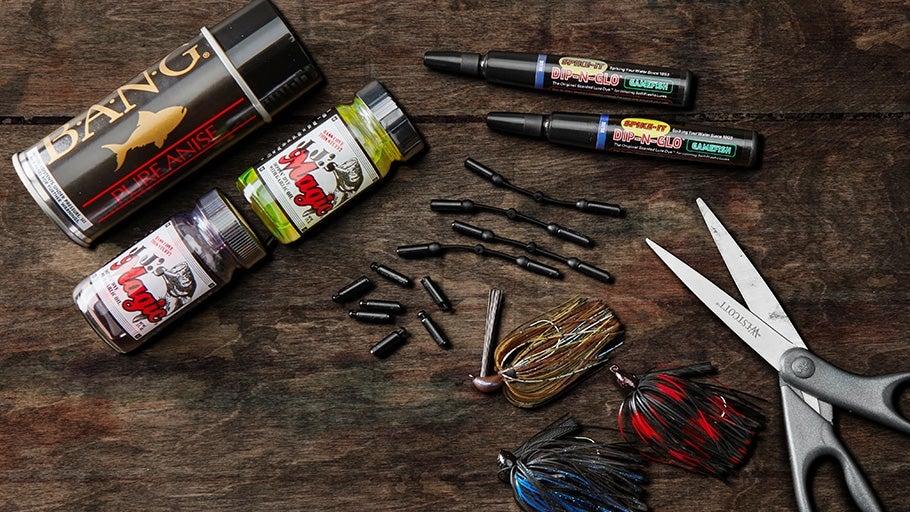
How-To Choose the Right Jig for Beginning Bass Anglers
Choosing the right jig is a complicated process if your new to bass fishing. There are thousands of jigs on the market and they all have a purpose and application where they excel. With the exception of hybrid designs, the vast majority of jigs trace their roots back to a few basic head style shapes. In this article we will cover basic jig styles and what conditions they are best suited for.
Arkie Jigs
Jigs with an Arkie style head, also known as flipping or casting jigs, encompass the majority of jigs on the market. They feature a wide flattened head design that can navigate through cover quite well. These are the best types of jigs for anglers that fish lakes with diverse types of cover such as brush piles, laydowns, weedbeds, docks, and rock piles, they can handle just about anything and give anglers the best versatility.
Now there are a lot of variances throughout Arkie style jigs so you want to make sure you're selecting the right jig for the job. For example, a “flipping” jig and a “casting” jig have very similar head shapes but the components make them better for different situations. A flipping jig is typically outfitted with a heavier wire hook and a thicker weedguard so it can go into heavier cover without getting snagged and anglers can use heavier line or braid. A casting jig usually features a regular wire hook and a standard weedguard, which makes it a better all-purpose jig. If you could only have one jig to do everything with, it would be a regular Arkie style casting jig.
Football Jigs
As the name implies football jigs are shaped like footballs. Think of football jigs as bottom contact jigs. They are best suited for fishing rock and offshore structure. They work really well picking their way through rocky terrain because the wide head shape helps them get through structure without snagging. The balance of most football jigs also allows your trailer to point upward to keep your trailer in a defensive crawdad position. These are perfect for dragging and hopping along the bottom for crawdad eating bass.
Swim Jigs
Swim jigs are built for swimming through the middle of the water column and covering water. They usually feature thinner and narrower head shapes that are made to go through vegetation and cover with a horizontal retrieve. They often resemble a baitfish, bluegill, or small crappie that bass like to feed on. This is the style of jig you want for covering miles of water but still be able to work through cover. You can also use swim jigs for opening water fishing when bass are suspended, and they are a great substitute for spinnerbaits or vibrating jigs when the conditions are calm or the bass are pressured.
Ball Head Jigs
Ball head jigs, like Arkie style jigs are a very good all-purpose jig shape. They do well in sparse cover and along the bottom on different types of structure. These jigs are best suited for anglers that are fishing more hard cover like brush, laydowns, rocks, and docks. They do really well in a wide selection of conditions but they are not the best for going through heavy grass or vegetation.
Finesse Jigs
Touching on finesse jigs because the finesse jig category has exploded over the last few years. All finesse jigs are not created equally and don’t feature the same head shapes across the board. In fact, there are finesse versions of every jig that we’ve already covered. What that usually means is the jig is going to be more compact, feature a lighter wire hook, thinner weedguard, and typically a spider cut skirt or thinner skirting material. Use the foundation of what jig style is best for each situation from above to choose the right finesse.
There is a lot of variance in between each prospective category of jigs so refer to the product descriptions and see what each jig is specifically designed for and where it excels. Not all jigs are the same so make sure you have the right jig to suit the situation. Hook size, wire diameter, weedguard thickness, skirt thickness, and material all play a vital role in the make-up of the jig.
